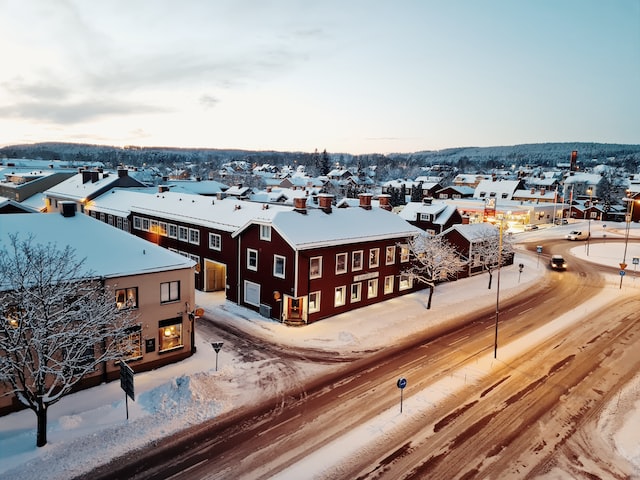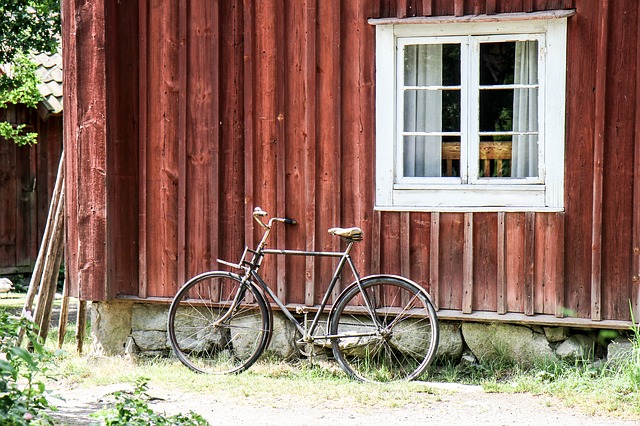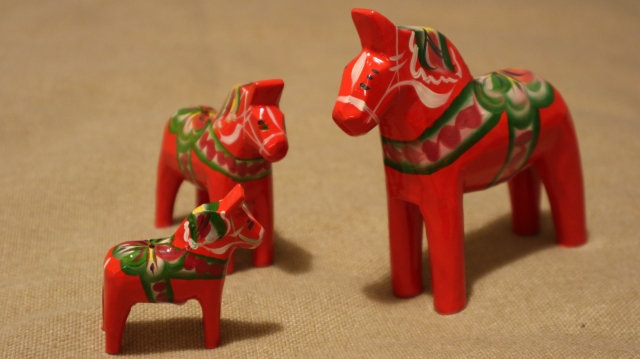When you look at the streets of Sweden, you will see many buildings painted red. This paint is called Falun Red, and it is named after the town of Falun, which is home to one of the most significant copper mines in the Dalarna region. In this article, I will explain the Great Copper Mountain region of Falun, a major copper-producing area in Sweden that is also a World Heritage site.
What is the Great Copper Mountain Region of Falun?

The Great Copper Mountain region of Falun refers to the copper mine ruins located in Falun, Sweden. Falun is part of the central Swedish region of Dalarna and was once a thriving center for copper production.
Copper mining in this area dates back centuries, with extraction activities beginning as early as the 13th century. By the 14th century, settlements for mine workers had formed, and the urban area gradually developed. The amount of copper produced in Falun’s mines was immense, accounting for two-thirds of the world’s copper production at its peak in the 17th century.
Falun’s mines played a crucial role in supporting Sweden’s copper mining industry and continued production for about 700 years until they closed in 1992. In 2001, the mine ruins in Falun were registered as a World Heritage site, encompassing the mine itself, the old town, and surrounding mining-related facilities.
Highlights of the Great Copper Mountain Region of Falun
The Falun mine was closed in 1992, and its ruins now attract tourists as a popular sightseeing spot. There are many unique attractions at the mine ruins, such as the excavation site, old town, and smelting plant remains. Additionally, there is a museum in the old town of Falun that exhibits artifacts from the mine’s heyday.
The Great Copper Mountain region of Falun also features a massive hole that is 400 meters wide and 100 meters deep. This hole was created in 1687 due to the collapse of a tunnel and serves as a reminder of the tragedy that took place at that time.
Falun Red, a paint made from Falun-produced minerals

The Dalarna region of Sweden is known for its rich natural environment and the preservation of its traditional crafts. The houses in this area are compact and wooden, surrounded by green forest paths and vast blue skies.
The homes in the Dalarna region are notable for their red exteriors. Many buildings in Sweden are painted red, which has become a characteristic of Swedish towns.
This red paint is called “Falun Red” and is made from minerals mined in Falun. Falun Red contains iron oxide, which has excellent preservative properties. As a result, the paint was used in Sweden to increase the durability of buildings.
Conclusion
The Great Copper Mountain region of Falun was once the representative copper-producing area of Sweden, and it flourished so much that it was responsible for most of the country’s copper production. Today, the area remains as a UNESCO World Heritage site, with the remnants of the mines still standing.





